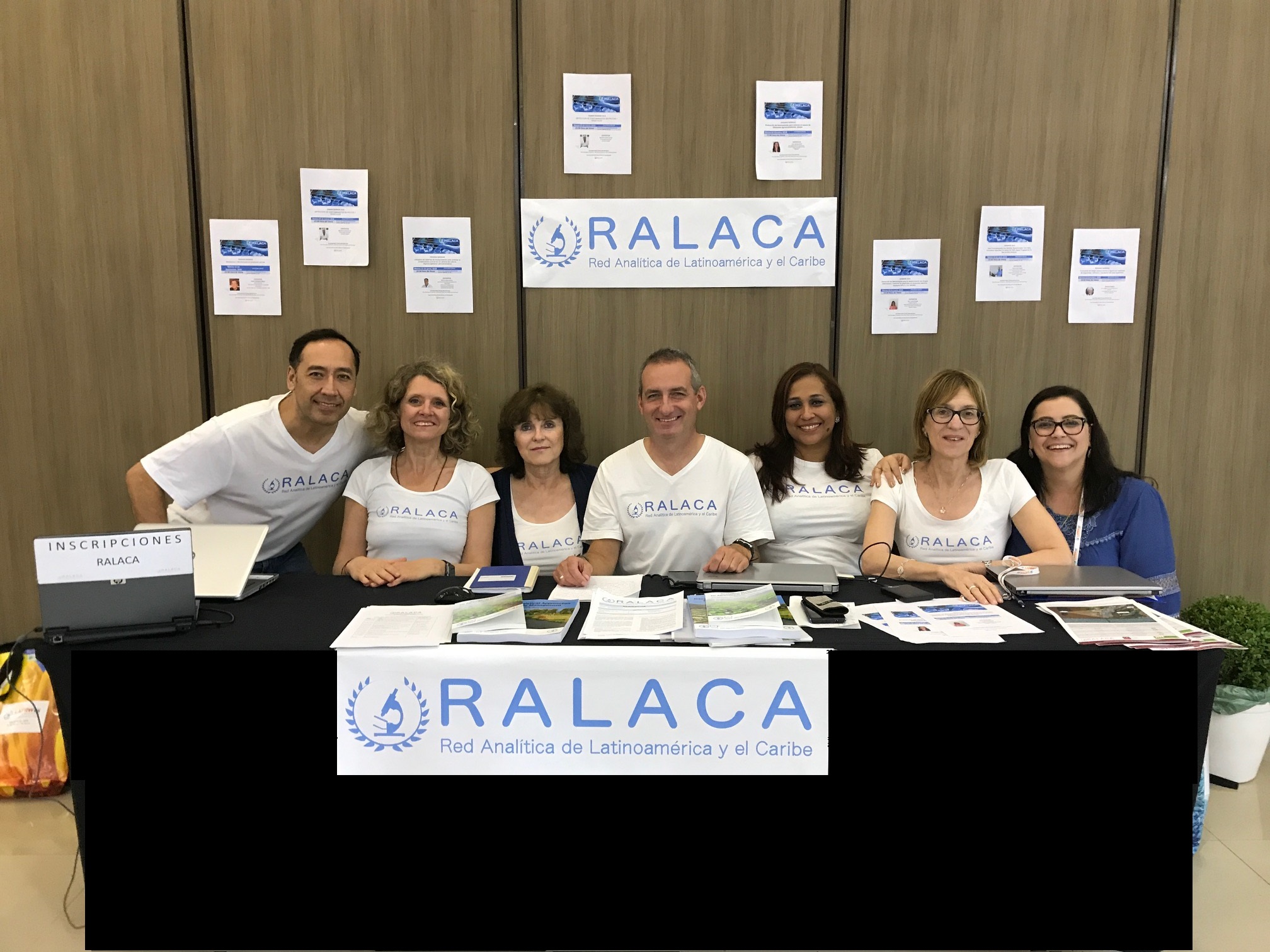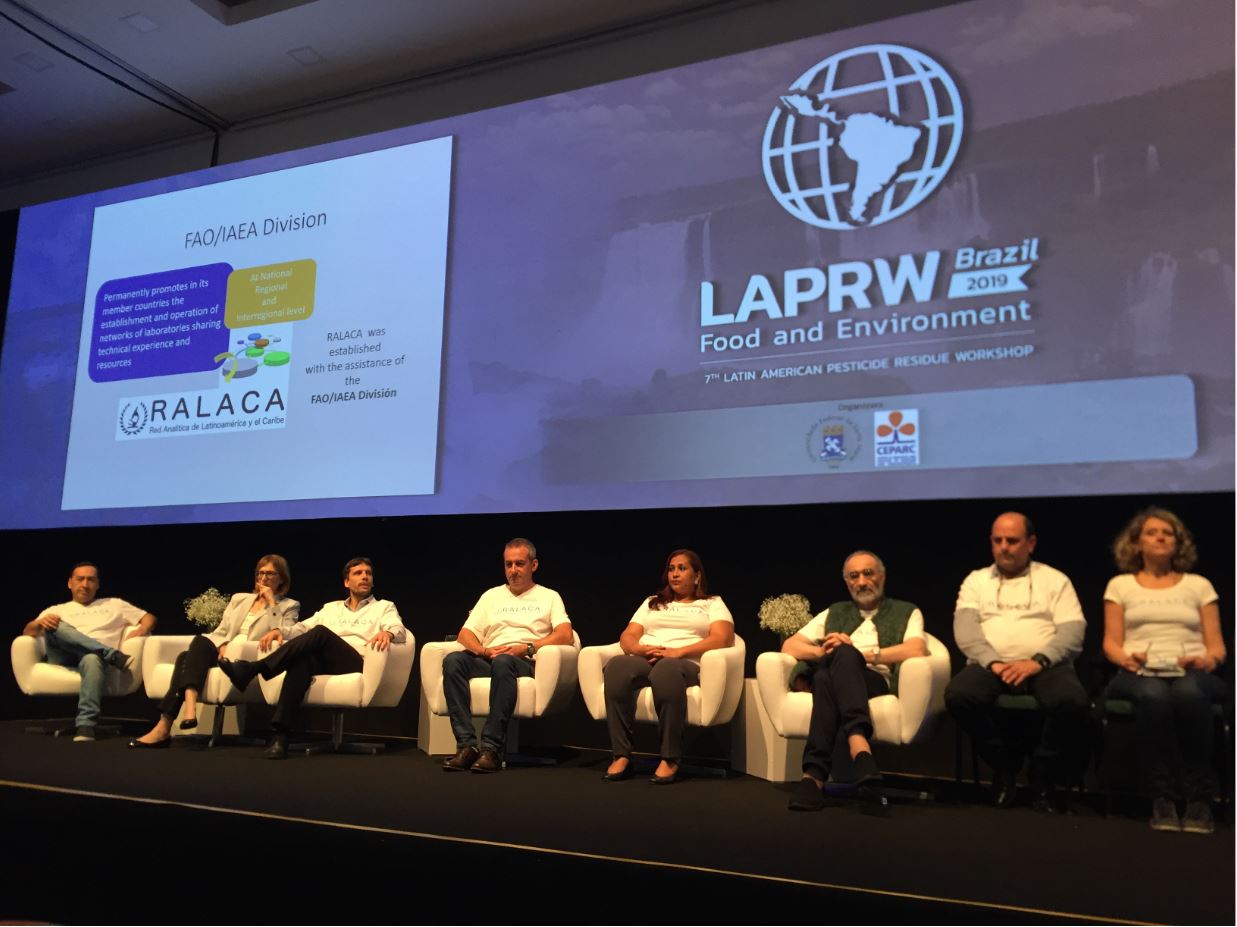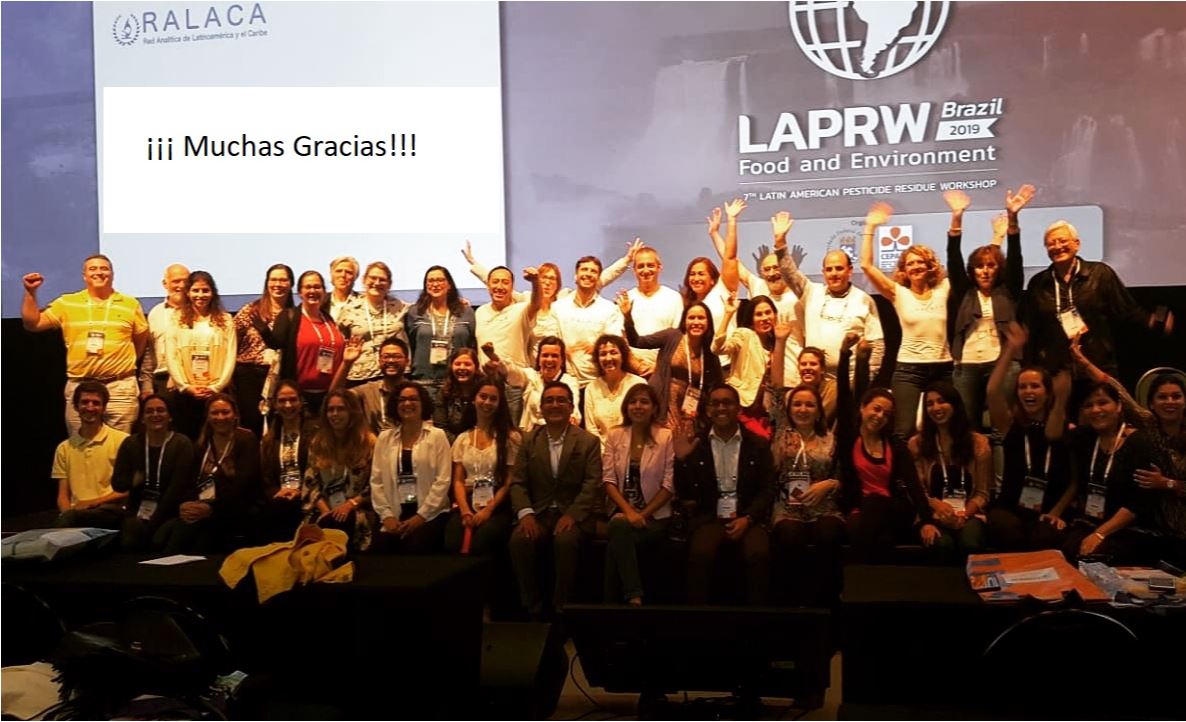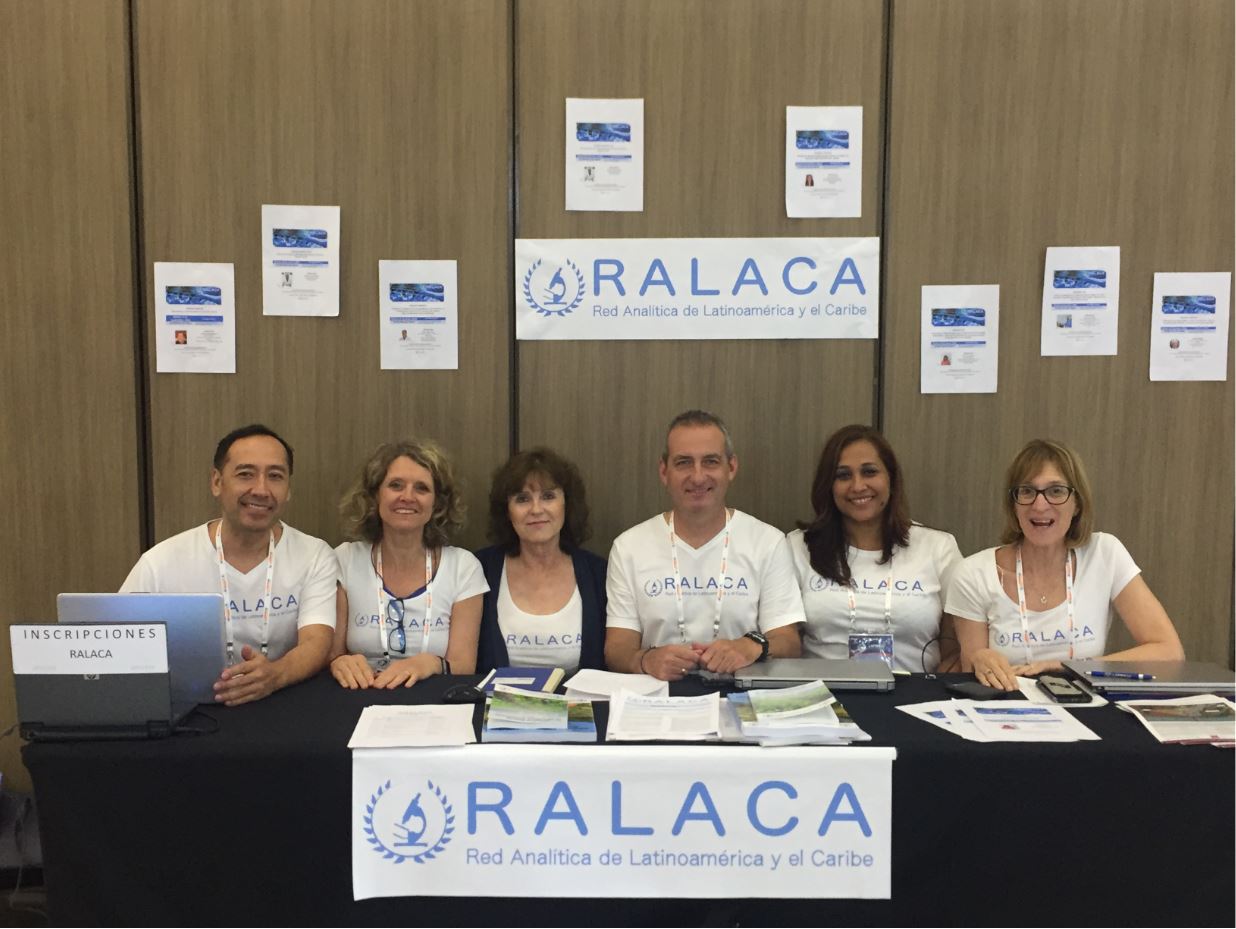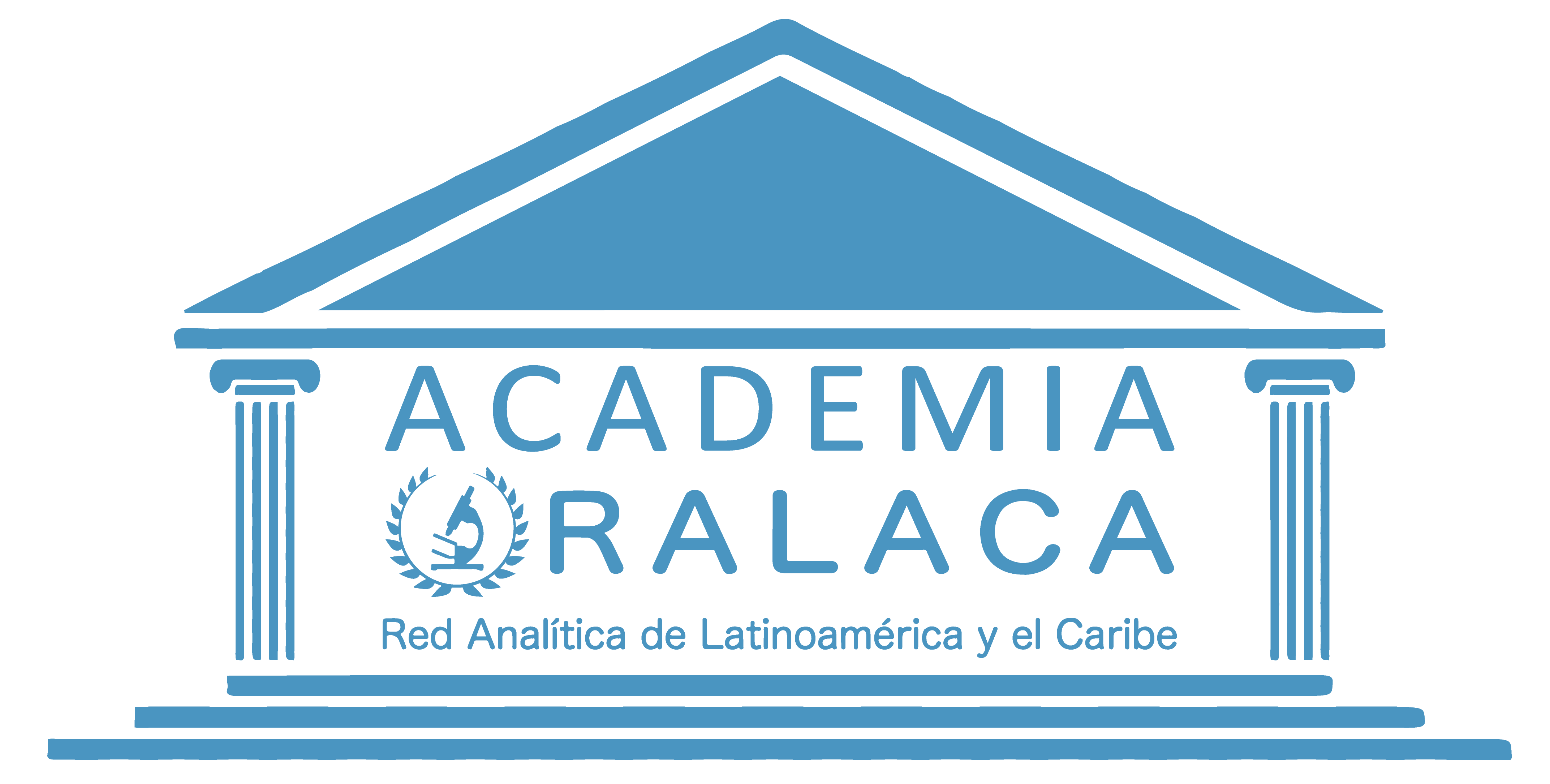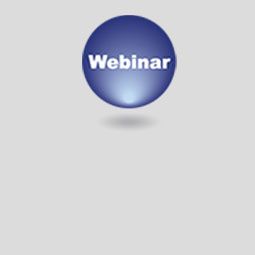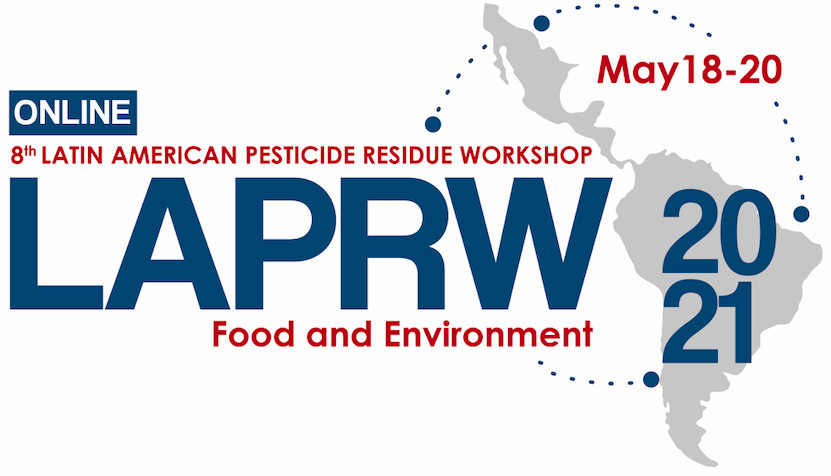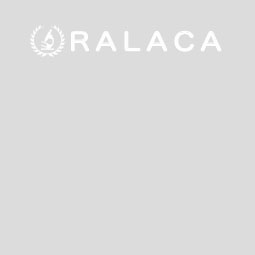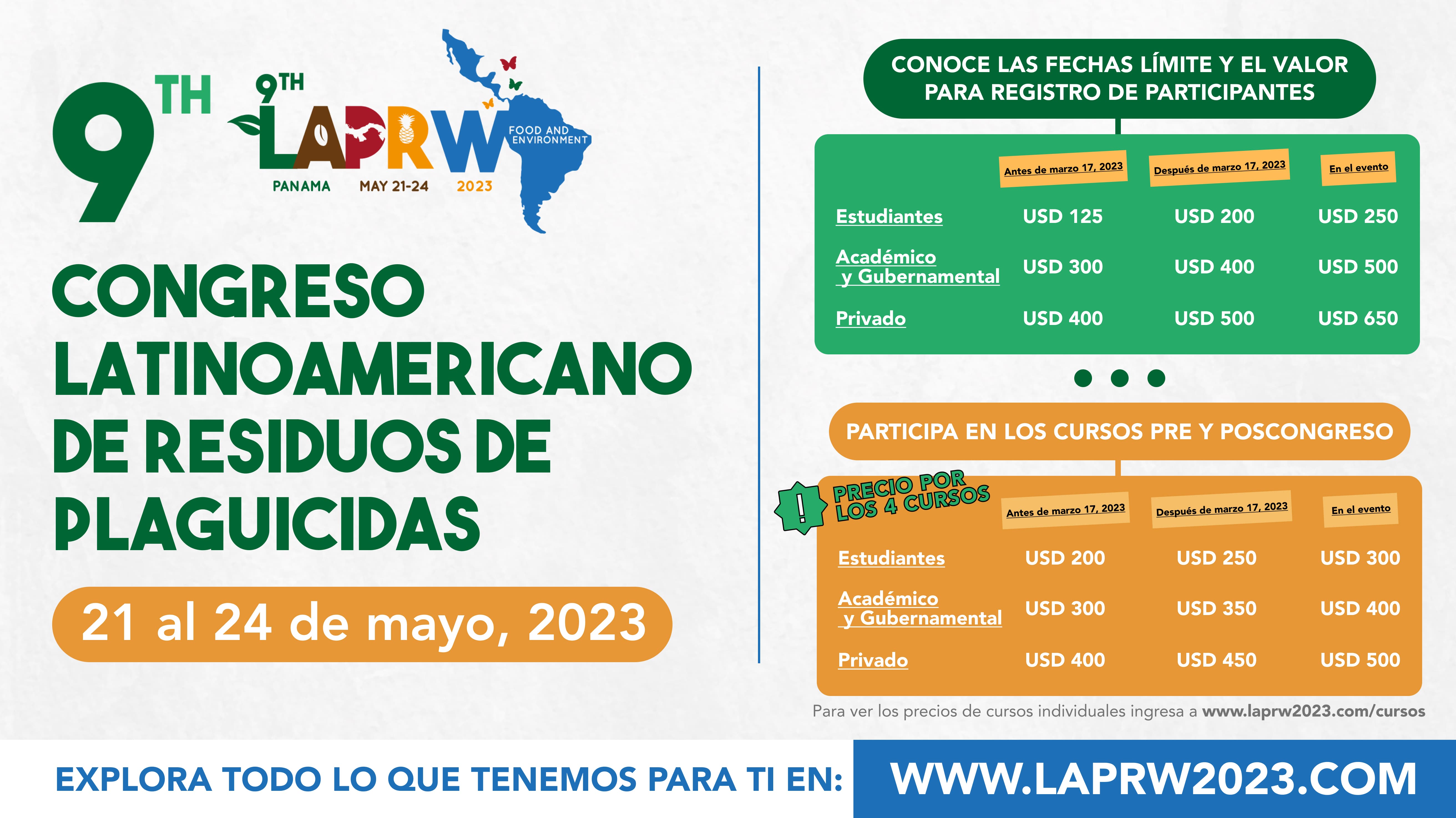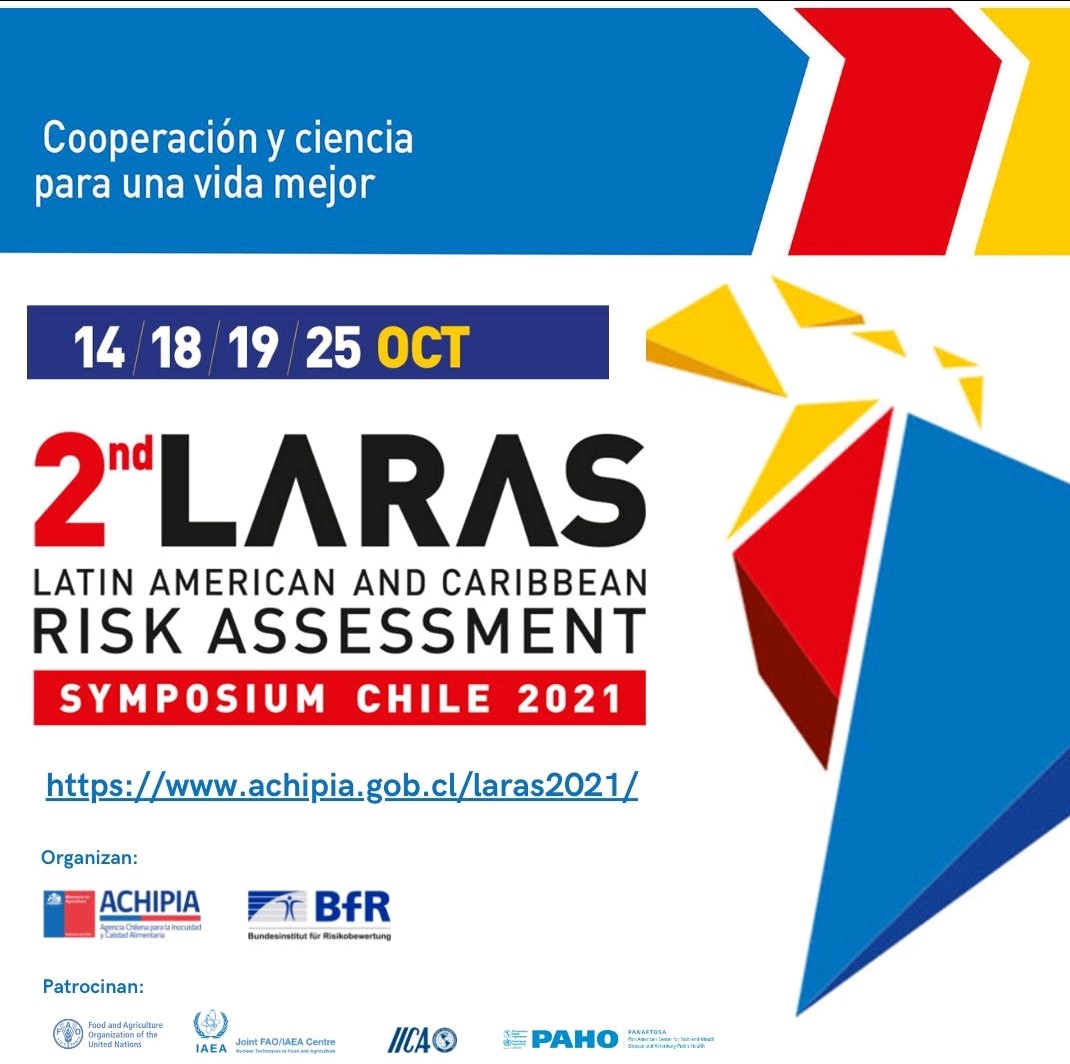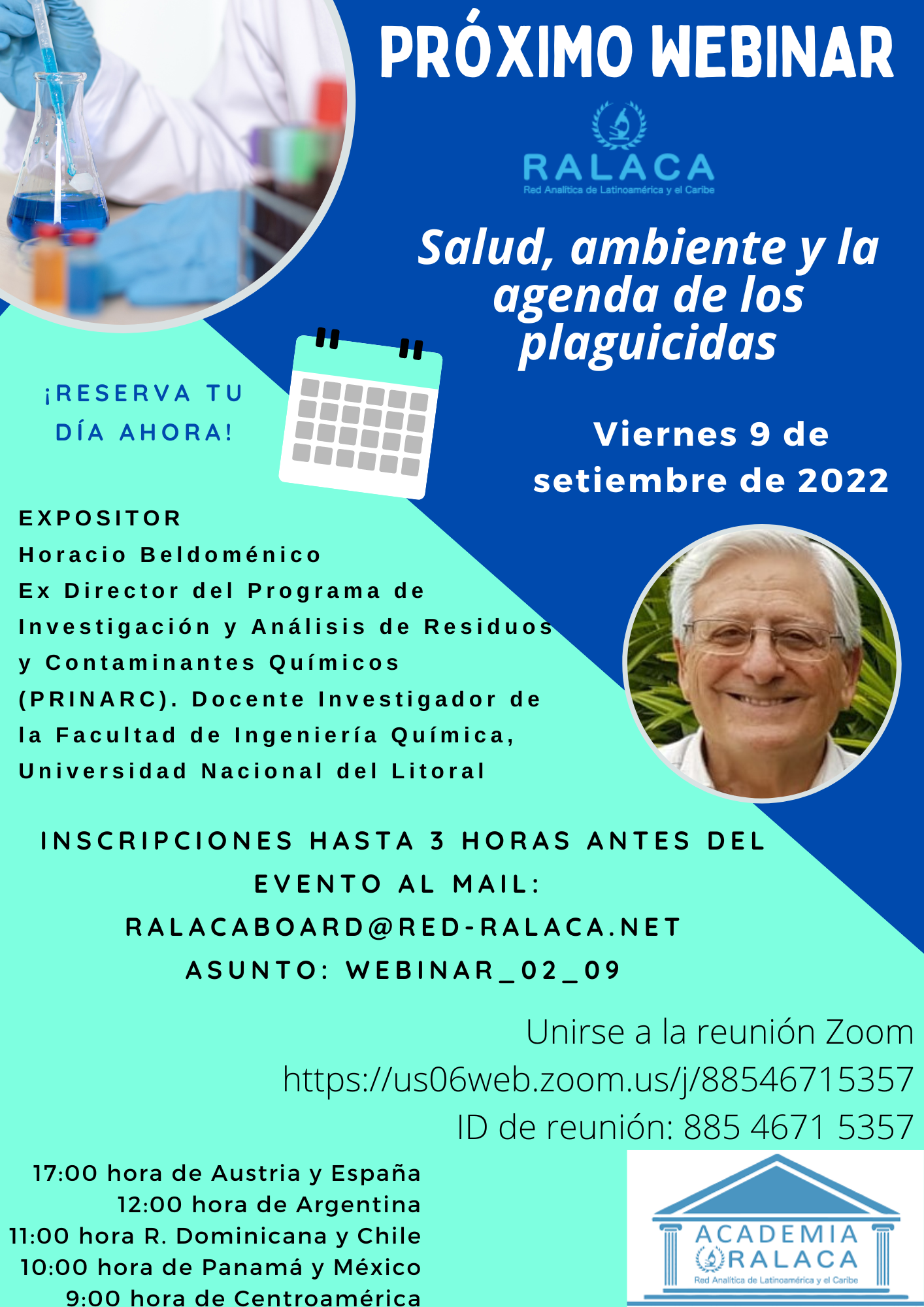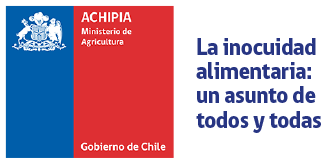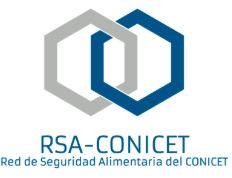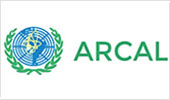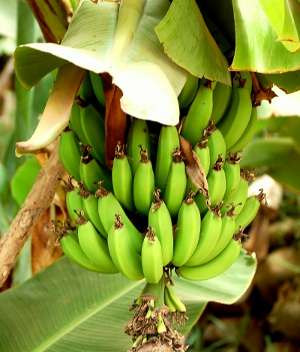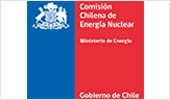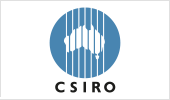|
|
|
|
Contact person in the laboratory: |
Graciela López García |
|
Email of contact person: |
This email address is being protected from spambots. You need JavaScript enabled to view it. |
|
Mandate of the Laboratory: |
|
|
Role in the farm-to-fork chain: |
All the avocados samples from mexico to be exported need be analysed by laboratories accredited with 17025 and laboratories authorized by SENASICA. |
|
National Reference Laboratory: |
No, is private |
|
Type of contaminants analysed: |
Pesticides residues |
|
Matrices analysed: |
Avocado |
|
Combination matrices and contaminants |
|
|
Description of validated method used: |
Quechers method, using GCMSMS and LCMSMS |
|
Laboratory accredited according to |
Yes |
|
Provision of interpretation of residue |
It provides data interpretation. In the inform of results not, but we offer support on the customer questions by email |
|
Laboratory certified according to GLP: |
We doo GLP, but we do not have certification |
|
AGROLAB |
|
|
Contact person in the laboratory: |
Lic. Carlos Sepulveda Ibarra |
|
E-Mail: |
This email address is being protected from spambots. You need JavaScript enabled to view it. |
|
Mandate of the Laboratory: |
Laboratory test |
|
Role in the farm-to-fork chain: |
Agricultural Food Safety Laboratory |
|
National Reference Laboratory: |
Yes, we are. In addition, we have accreditation No: SA-0060- |
|
Type of contaminants analysed: |
1. Pesticide Residues (GC/MSMS and LC/MSMS) more than 200 |
|
Matrices analysed: |
Pesticide Residues: Molecular Biology - PCR-RT (Salmonella, E. Coli O157:H7, Microbiology (NOM's Fecal Coliform, Total and E.C.): Determination of mycotoxins: Agricultural food and grains. |
|
Combination matrices and |
Pesticide Residues: Organochlorine, Organophosphate, organo, Carbamates Heavy Metals: Plasma in water for agricultral purposes. Plasma in agriculture and food. Analysis in microbiology: Detection of Salmonella in Food NOM from agriculture, compost Determination of E. Coli O157:H7 By Real-Time PCR Method for Determination of Salmonella enterica by Real-Time PCR method in Determination of Listeria monocytogenes Real-Time PCR method Determination of mycotoxins: |
|
Description of validated method used: |
See Annex AGROLAB.pdf |
|
Laboratory accredited according to |
Yes. Our accreditation number is SA-0060-008/11 provided by ema. |
|
By which accreditation body? |
Entindad Mexicana de Acreditación A.C. EMA. |
|
Provision of interpretation of residue |
It provides data interpretation of the results in the final report |
|
Laboratory certified according to GLP: |
We are associate members of GLOBAL GAP |
|
Is laboratory available for research and |
Yes |
|
Is the laboratory available for quality |
Yes |
|
Is the laboratory available for expert |
Yes |
|
Is the laboratory available for ad hoc on- |
Yes |
|
Is the laboratory available for ad hoc |
Yes |
|
Is the laboratory available for |
Yes |
|
Is the laboratory available for |
Yes |
 Mexico
Mexico
|
Partnes from Mexico |
||
|
Partner |
Institution |
Contact |
|
Jocelyn Grethel Cedillo Saldaña |
SENASICA/CNRPyC |
This email address is being protected from spambots. You need JavaScript enabled to view it. |
|
Vania Gabriela Martínez Paredes |
Servicio Nacional de Sanidad, Inocuidad y Calidad Agroalimentaria |
This email address is being protected from spambots. You need JavaScript enabled to view it. |
|
Genoveva García Rosales |
TECNM/Instituto Tecnológico de Toluca/DEPI |
This email address is being protected from spambots. You need JavaScript enabled to view it. |
|
GRACIELA LOPEZ GARCIA |
INTEGRADORA DE AGRONEGOCIOS VILLA DE TANCITARO SA DE CV |
This email address is being protected from spambots. You need JavaScript enabled to view it. |
|
Mayrén Cristina Zamora Nava |
SENASICA |
This email address is being protected from spambots. You need JavaScript enabled to view it. |
|
José Belisario Leyva Morales |
SENASICA/CNRPyC |
This email address is being protected from spambots. You need JavaScript enabled to view it. |
 Vienna, Austria
Vienna, Austria 

